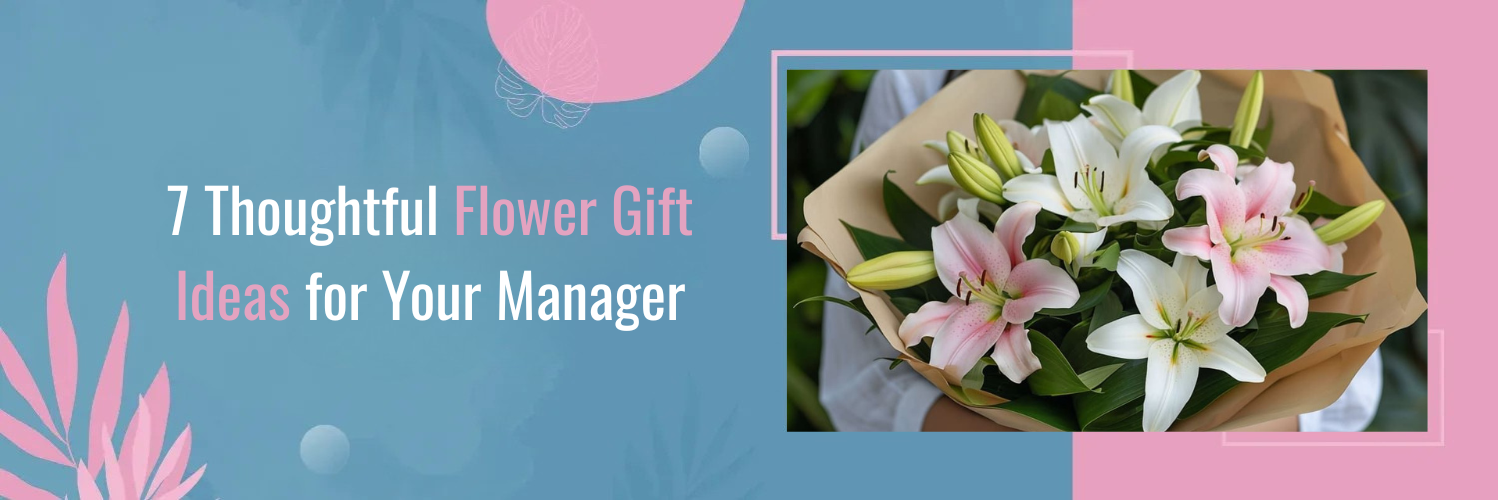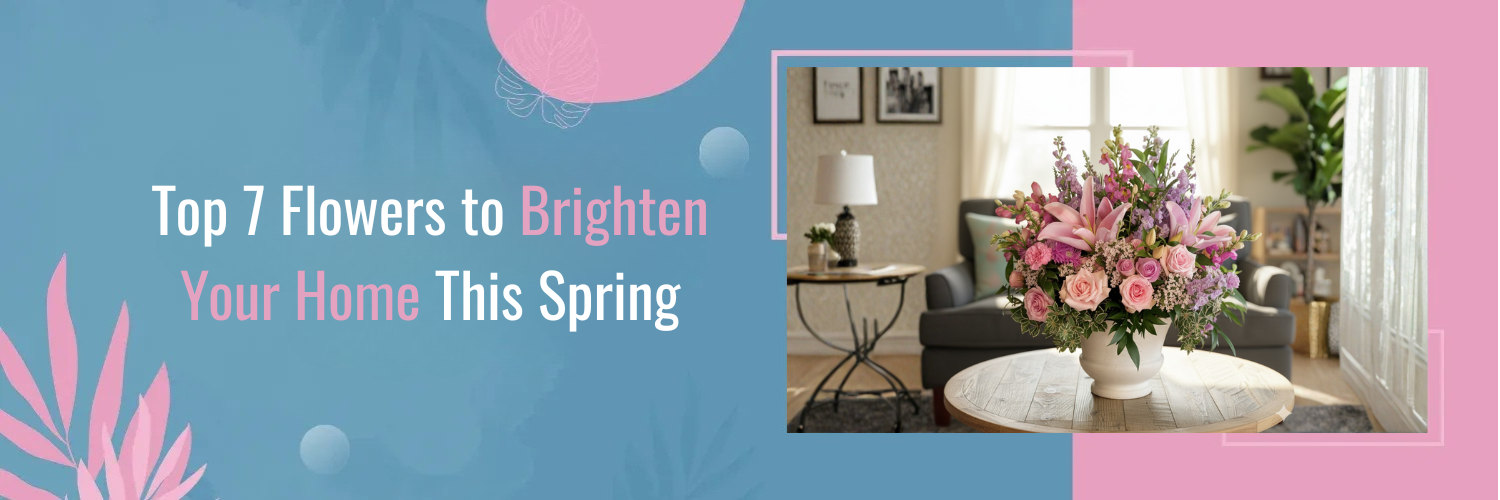Understanding Lily Toxicity in Cats
Lilies, with their captivating blooms and elegant presence, have long been favored as decorative plants in gardens and homes around the world. However, beneath their beauty lies a hidden danger – their toxicity to cats. In this blog, we delve into the intricate world of lilies and their impact on feline health. We’ll explore various lily varieties, their distinct characteristics, and the potential risks they pose to our beloved feline companions.
Lily toxicity in cats is a serious concern due to the presence of compounds that can cause severe health issues. These compounds, including alkaloids and glycosides, are primarily found in the leaves, flowers, and stems of lilies. When ingested, they can lead to various symptoms such as vomiting, diarrhea, lethargy, kidney failure, and even death. Swift recognition and intervention are crucial to mitigate the harmful effects of lily ingestion on cats.
Lily Varieties and Their Effects on Cats
Easter Lily (Lilium longiflorum)
Easter lilies are renowned for their pure white, trumpet-shaped flowers and are often associated with the holiday season. However, their charm hides a perilous secret for felines. These lilies contain toxins that specifically affect a cat’s kidneys. Ingestion, even in small amounts, can lead to rapid kidney failure. Countless cases have shown that the consequences can be fatal if not treated promptly. Cat owners should be vigilant during festive seasons to keep their pets safe from these alluring yet dangerous blooms.
Tiger Lily (Lilium lancifolium)
Tiger lilies, recognized for their striking orange and black-spotted petals, possess compounds that can wreak havoc on a cat’s health. These compounds primarily affect the gastrointestinal system, leading to symptoms like vomiting, drooling, and abdominal pain. While not always fatal, the discomfort and distress caused by tiger lily ingestion warrant immediate attention. Real-life stories underline the importance of preventing cats’ access to these visually captivating but hazardous flowers.
Daylilies (Hemerocallis)
Daylilies, known for their vibrant colors and adaptability, are common garden additions. However, their appeal to cats can spell trouble. The compounds in daylilies can lead to mild to moderate gastrointestinal upset. It’s essential to note that there are various types of daylilies, and while some may cause only mild symptoms, others can be more harmful. Cat owners should be cautious about planting these in areas accessible to their pets.
Calla Lily (Zantedeschia aethiopica)
Calla lilies, recognized for their elegant white blooms, contain oxalates that can cause irritation and discomfort in cats. Ingestion may lead to symptoms like drooling, pawing at the mouth, and difficulty swallowing. While generally not as severe as other lily varieties, it’s still essential to prevent cats from nibbling on these charming plants. Simple precautions can spare both cats and their owners unnecessary stress.
Peace Lily (Spathiphyllum spp.)
Peace lilies are not true lilies but are also toxic to cats. Ingestion can cause oral irritation, drooling, vomiting, and difficulty swallowing.
Lily of the Valley (Convallaria majalis)
Lily of the valley is extremely toxic to cats. Ingestion can lead to severe heart problems, including arrhythmias and even death. Symptoms may include vomiting, diarrhea, drooling, and lethargy.
Madonna Lily (Lilium candidum)
Madonna lilies are toxic to cats and can cause similar symptoms as other toxic lilies, such as vomiting, lethargy, and kidney damage.
It’s important to note that even small ingestions of these toxic lilies can lead to serious health issues in cats. If you suspect your cat has ingested any part of a lily, contact a veterinarian immediately. Quick medical attention is essential to prevent further complications and increase the chances of a positive outcome.
To keep your cat safe, avoid having these toxic lilies in your home or garden, especially if you have a feline companion. Opt for cat-friendly plants that pose no harm to your pets.
Creating a Safe Environment for Cats
To safeguard our feline friends from the dangers of lily toxicity, proactive measures are vital. Indoor cat owners can choose to avoid having lilies altogether, while those with outdoor spaces can cultivate lilies in areas inaccessible to cats. Cat-friendly garden alternatives, such as catnip and cat grass, provide safe alternatives that enrich a cat’s environment without compromising its well-being. Creating a safe environment for cats involves making your home and surroundings conducive to their physical and mental well-being. Here are some tips to help you provide a safe and comfortable environment for your feline companion:
- Remove Toxic Plants: As discussed earlier, many plants, including certain lily varieties, are toxic to cats. Identify and remove any toxic plants from your home and garden. Opt for cat-safe plants like cat grass, spider plants, and Boston ferns.
- Secure Harmful Substances: Store household chemicals, medications, and cleaning products in secure cabinets or areas that your cat cannot access. Cats are curious creatures and may accidentally ingest harmful substances.
- Choose Safe Toys: Provide a variety of safe and interactive toys for your cat’s mental and physical stimulation. Avoid toys with small parts that could be swallowed or pose a choking hazard.
- Hide Electrical Cords: Cats sometimes chew on cords, which can lead to electrical shock or injury. Conceal or cover cords to prevent your cat from reaching them.
- Provide Scratching Posts: Cats have a natural instinct to scratch. Provide scratching posts to prevent them from scratching furniture or other inappropriate surfaces. Scratching posts also help keep their claws healthy.
- Create Vertical Space: Cats enjoy climbing and perching. Install shelves, cat trees, or window perches to give them vertical spaces to explore and relax.
- Offer Litter Box Options: Provide a clean and easily accessible litter box for your cat. The general rule is one litter box per cat plus an extra one. Place the litter box in a quiet, low-traffic area.
- Feed a Balanced Diet: Consult your veterinarian to determine the best diet for your cat’s age, size, and health. Ensure fresh water is always available.
- Keep Human Food Away: Many human foods are toxic to cats, including chocolate, grapes, onions, garlic, and alcohol. Keep these foods out of reach.
- Secure Windows and Balconies: Make sure windows and balconies are securely screened or blocked off to prevent accidents or falls.
- Use Safe Cleaning Products: Choose non-toxic cleaning products that won’t harm your cat if they come into contact with surfaces you’ve cleaned.
- Provide Hiding Places: Cats appreciate quiet and safe spaces where they can retreat to when they feel stressed or overwhelmed.
- Regular Veterinary Care: Schedule regular check-ups with a veterinarian to monitor your cat’s health and address any concerns promptly.
- Spay/Neuter: If your cat isn’t already spayed or neutered, consider getting this done. It helps prevent certain health issues and reduces the urge to roam.
- Microchip and ID Tags: Ensure your cat is microchipped and wears a collar with ID tags. This increases the chances of reuniting with your cat if they ever get lost.
Creating a safe environment for your cat involves understanding their behaviors and needs. Regular play, interaction, and affection are essential for their well-being. Always observe your cat’s behavior and make adjustments as needed to ensure their safety and happiness.
What to Do If Your Cat Ingests Lilies
If you suspect or know that your cat has ingested any part of a lily, it’s crucial to take immediate action, as lilies can be highly toxic to cats and can lead to severe kidney damage or even death. Here’s what you should do if your cat ingests lilies:
- Contact a Veterinarian Immediately: Time is of the essence. Call your veterinarian or an emergency veterinary clinic as soon as you suspect ingestion. Provide them with information about the type of lily ingested, the quantity, and the time of ingestion. If you’re unsure about the type of lily, describe the plant’s appearance as accurately as possible.
- Do NOT Wait: Do not wait to see if symptoms develop. Even if your cat is not showing immediate signs of poisoning, the toxins can cause serious damage internally.
- Do NOT Induce Vomiting: Unlike some cases of poisoning, inducing vomiting is not recommended when lily ingestion is suspected. Some toxins in lilies can be rapidly absorbed, and inducing vomiting might not effectively remove the toxins in time to prevent damage.
- Seek Professional Help: Follow your veterinarian’s instructions. They may ask you to bring your cat in immediately or provide guidance based on the specific circumstances.
- Monitor for Symptoms: Keep a close eye on your cat for any signs of poisoning, which may include vomiting, lethargy, loss of appetite, increased thirst and urination, drooling, and abdominal pain.
- Supportive Care: If caught early enough, your veterinarian may administer activated charcoal to help absorb any toxins that haven’t yet been absorbed by the body. They may also provide intravenous fluids to flush out the toxins and support kidney function.
- Kidney Function Testing: Blood tests will likely be done to assess kidney function. If kidney damage has occurred, your cat may require intensive medical treatment, including fluid therapy and other medications.
- Stay in Touch: Follow your veterinarian’s guidance for continued monitoring and treatment. Kidney damage can take time to manifest fully, so ongoing care may be necessary.
Preventing lily ingestion is the best course of action, but if ingestion does occur, quick action and professional medical attention are crucial. Always keep lilies and other toxic plants out of reach of your cat, and be proactive in creating a safe environment to prevent potential accidents.
Conclusion
In the realm of lilies, enchantment comes hand in hand with peril when it comes to our feline companions. Understanding the effects of various lily varieties on cats is essential for responsible pet ownership. As we marvel at the diversity of lilies, let’s also remember to prioritize the safety and well-being of our beloved cats. Awareness and informed choices can create a harmonious coexistence between these beautiful plants and our furry friends.
If you’d like to celebrate the joy of flowers while ensuring your pet’s safety, consider ordering from Bourkes Florist . With a wide selection of pet-friendly arrangements, you can enjoy the beauty of flowers without worrying about your cat’s well-being. Order now to have a stunning arrangement delivered right to your doorstep, creating a pet-safe and visually delightful environment for you and your feline companions.
FAQs
Q: Are all lily varieties toxic to cats?
While not all lily varieties are equally toxic, many contain compounds that can harm cats to varying degrees. It’s best to err on the side of caution and avoid exposing cats to any type of lily.
Q: What are the common signs of lily poisoning in cats?
Typical signs of lily poisoning in cats include vomiting, diarrhea, lethargy, loss of appetite, drooling, and potentially more severe reactions like kidney failure.
Q: Can I have lilies in my home if I have cats?
Yes, but precautions must be taken. Keep lilies in areas completely inaccessible to cats, such as high shelves or rooms they cannot enter. This ensures that even curious cats won’t be able to nibble on these plants.
Q: Are there any lily varieties that are safe for cats?
True lilies (Lilium species), which include Easter lilies and Tiger lilies, are generally dangerous for cats. However, plants with “lily” in their name, like the Peace Lily (Spathiphyllum), are less toxic and pose fewer risks.
Q: How quickly does lily toxicity affect a cat’s health?
Symptoms of lily toxicity can appear within a few hours to a couple of days after ingestion, underscoring the need for swift action and veterinary care.




























